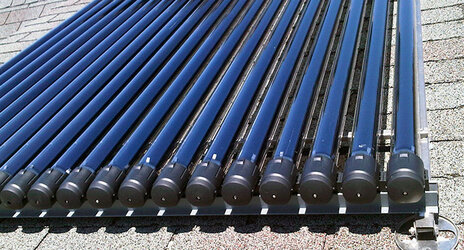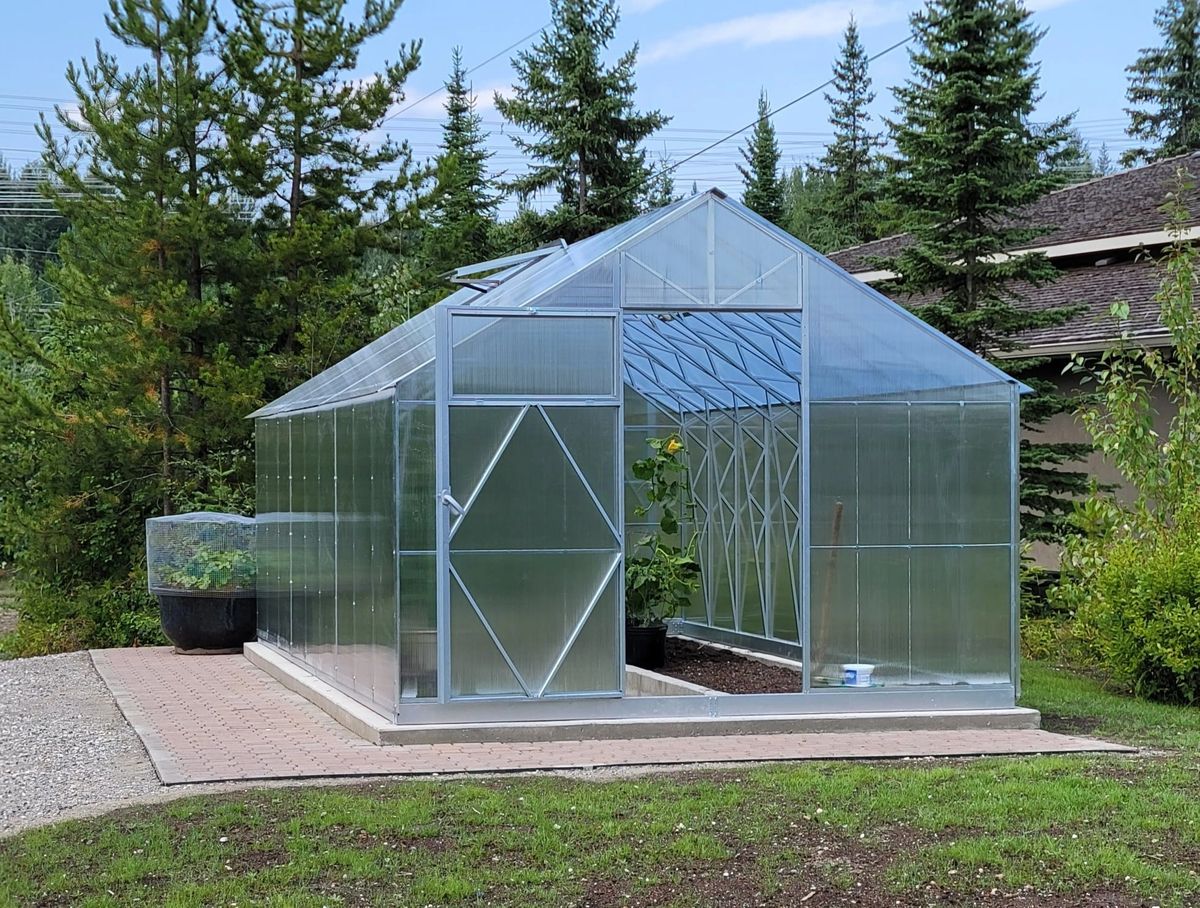So, I'm planning on adding a greenhouse to the end of my garage (It would be south facing) and am trying to think up ideas over the winter and plan out how to make this greenhouse able to still produce during winter. Problem is, it gets -20 here on average for at least 4-5 months so just relying on the Sun to keep it warm, isn't going to work. If at all possible, I'd like it to sustain itself. I have a friend who used to write program for automation in the Oil patch, and he suggested a couple of things as well, which I am intrigued about.
1. Solar glycol heating on the roof, utilizing a solar powered pump, and temp regulation either through fluid flow control, or greenhouse vent control with a Rasp Pi, Arduino, etc.
2. Solar heating and circulation through convection using copper tubing (Like what some people do with fires, tubing, and a hottub) Also controlled like #1.
3. Running ducting from the garage into the GH, and utilizing the garage furnace. (Yes, this defeats the off grid desire, but since the furnace wouldn't be dedicated to heating only this space, it seems easier to justify lol)
I'm not sure what would be more effective for actually eating the space (Running hot fluid through a radiator and blowing that around, or insulating under the floor from outside and using in floor heating) yet. But as for actually heating the fluid, I saw a video of someone getting their hose water to get to about 75 deg C just by coiling 50' and painting it black.
The other consideration is weather protection. It hails up here sometimes, and that could ruin the pipes. I wonder if making a solar box for the pipes and using lexan, or something of the like that could stand up to a little bit of abuse would work well? having that box may also help since I have dark shingles. Not only would the black pipes soak in the sun, but the shingles would add extra heat because of the box on top of them?
Anyways, I'm sure I've forgotten something, but fire away!
1. Solar glycol heating on the roof, utilizing a solar powered pump, and temp regulation either through fluid flow control, or greenhouse vent control with a Rasp Pi, Arduino, etc.
2. Solar heating and circulation through convection using copper tubing (Like what some people do with fires, tubing, and a hottub) Also controlled like #1.
3. Running ducting from the garage into the GH, and utilizing the garage furnace. (Yes, this defeats the off grid desire, but since the furnace wouldn't be dedicated to heating only this space, it seems easier to justify lol)
I'm not sure what would be more effective for actually eating the space (Running hot fluid through a radiator and blowing that around, or insulating under the floor from outside and using in floor heating) yet. But as for actually heating the fluid, I saw a video of someone getting their hose water to get to about 75 deg C just by coiling 50' and painting it black.
The other consideration is weather protection. It hails up here sometimes, and that could ruin the pipes. I wonder if making a solar box for the pipes and using lexan, or something of the like that could stand up to a little bit of abuse would work well? having that box may also help since I have dark shingles. Not only would the black pipes soak in the sun, but the shingles would add extra heat because of the box on top of them?
Anyways, I'm sure I've forgotten something, but fire away!



